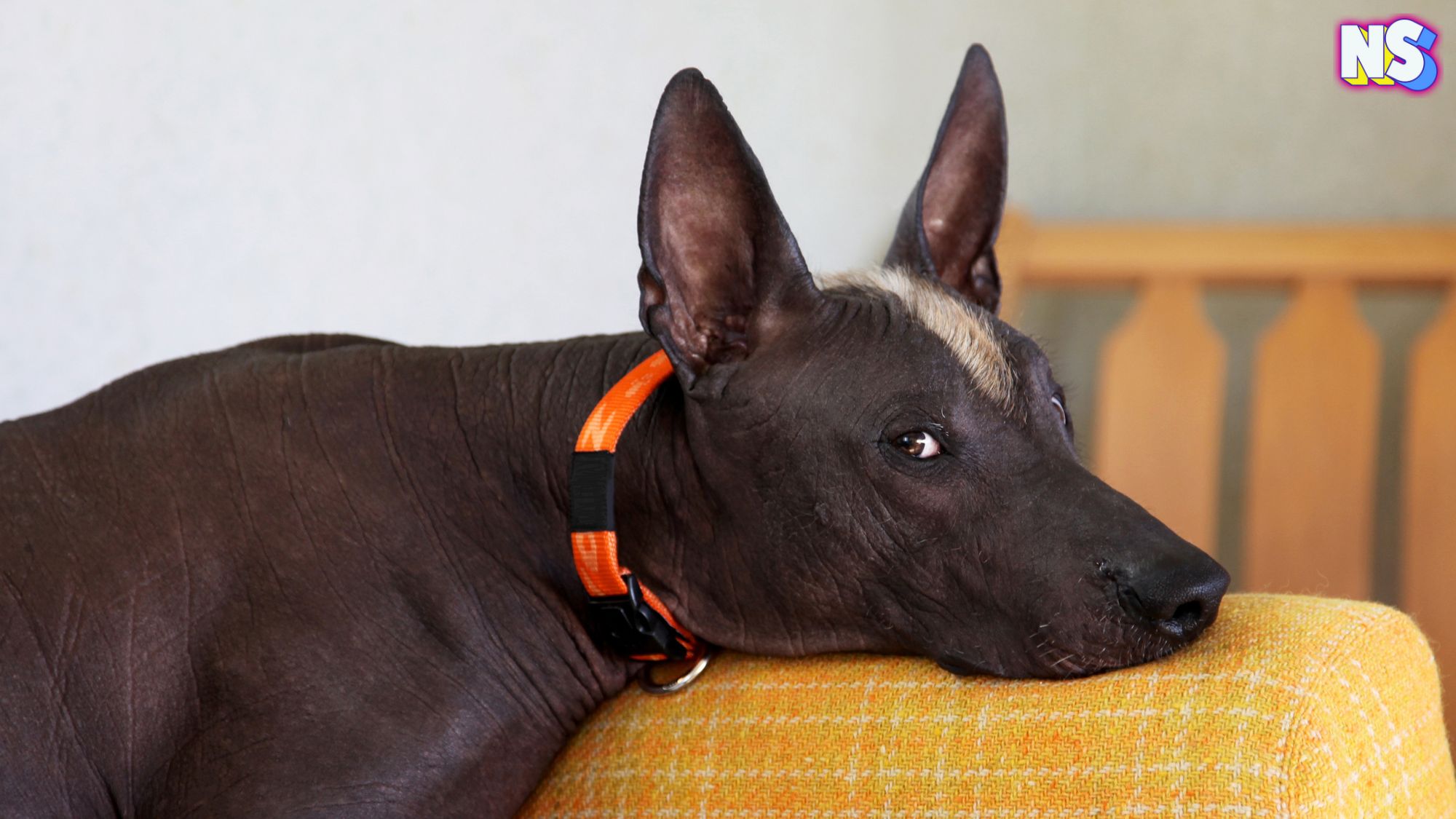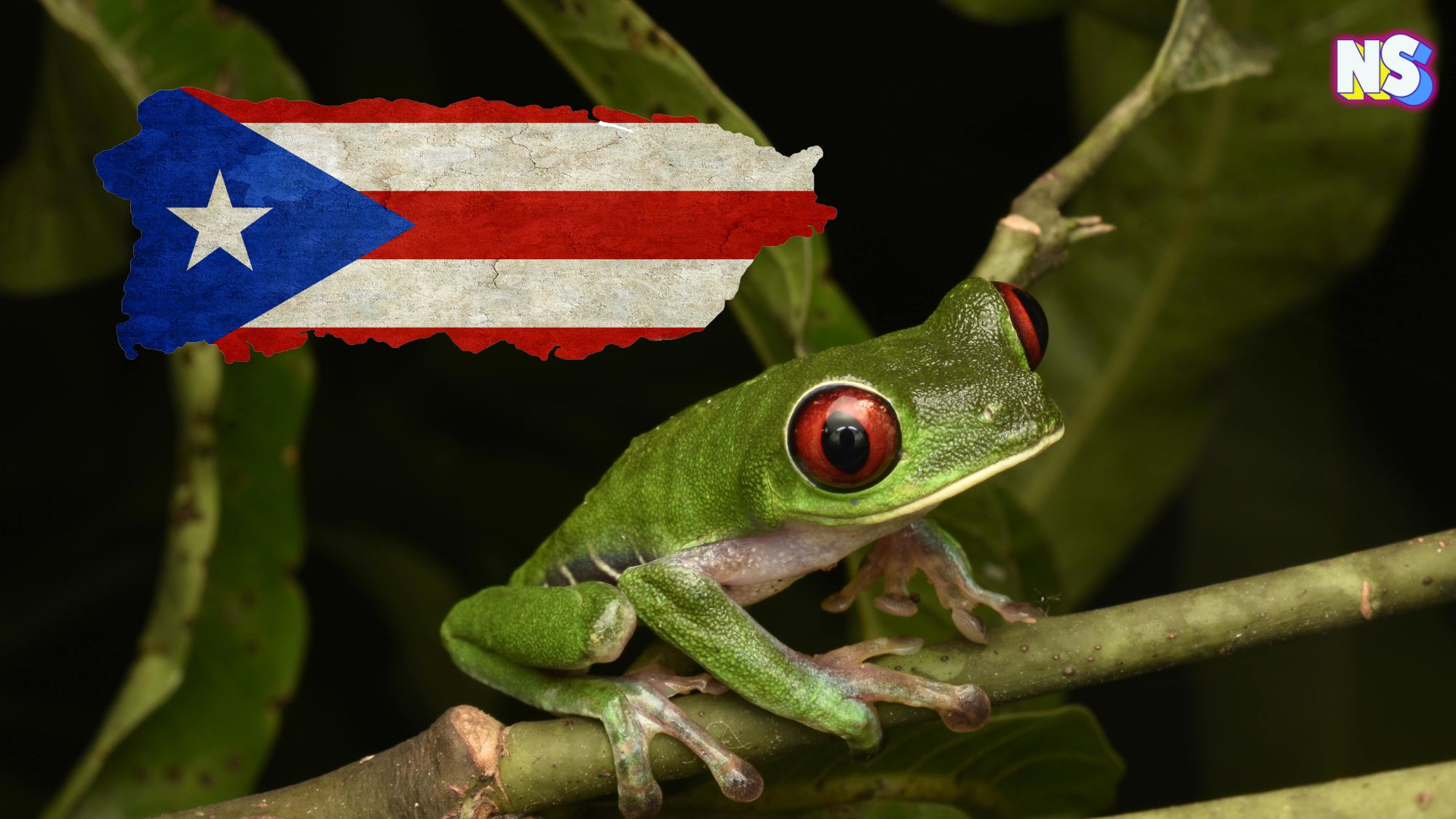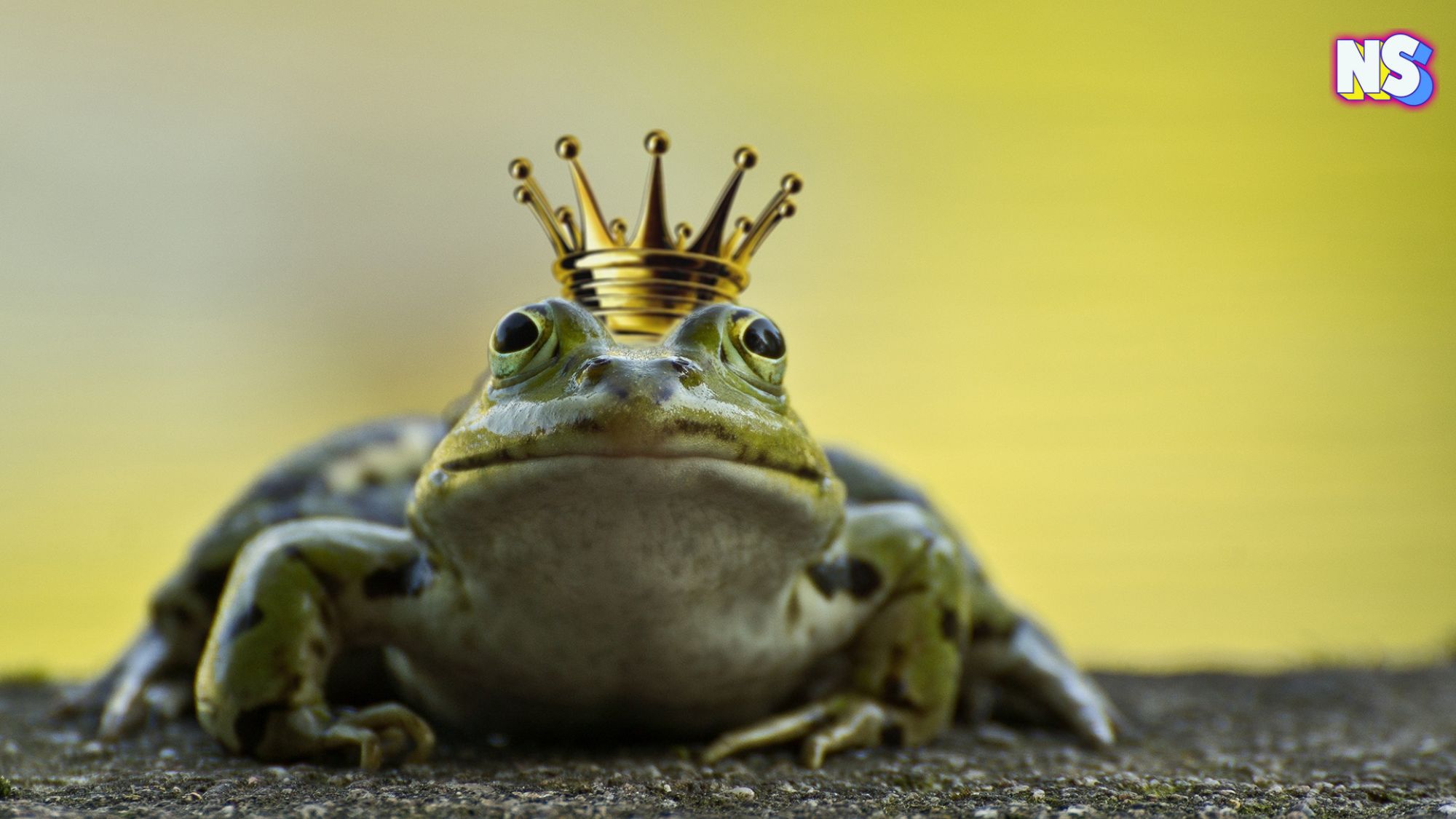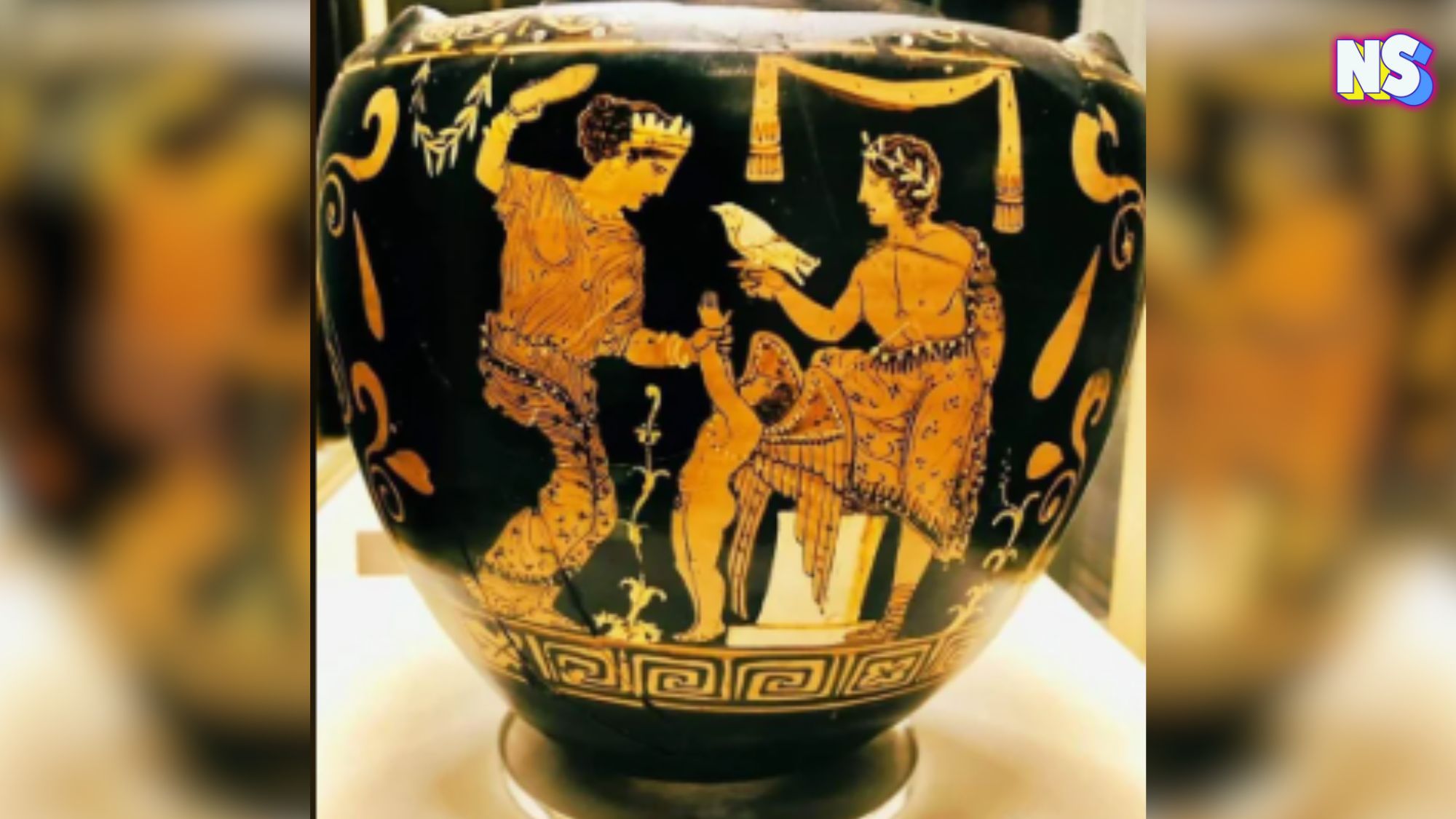It’s national “Take your dog to work day.” So what better way to celebrate this day than to honor the Xoloitzcuintli, Mexico’s ancient and hairless dog. Sure they were once pets that became food for the hungry Spanish settlers. But let’s not dwell on that sad part of their otherwise impressive history. Today, these hairless wonders are still around, loving their owners, and known for their ancient origins.
“You’ve seen them made of ceramic in anthropology museums, featured in Diego Rivera paintings and even as a main character in the Disney hit Coco,” Mexico News Daily writes. “The is-it-ugly-or-is-it-cute Mexican hairless dog — el xoloitzcuintli — is one of the oldest documented dog breeds in history and serves today as a symbol of Mexico’s fascinating story.”
So, what is Xoloitzcuintli’s story?
Origins and Mythology
The Xoloitzcuintli, often called the “Mexican Hairless Dog,” has a history that goes back thousands of years.
“To the ancient Aztec and Maya, man’s best friend was also a hairless, ugly-cute healer, occasional food source, and, most importantly, guide to the Underworld,” National Geographic explains.
Its name combines two Aztec words: “Xolotl,” the god of lightning and death, and “itzcuintli,” meaning dog. According to Aztec mythology, Xolotl created the Xoloitzcuintli from a sliver of the “Bone of Life,” which was used to create all of humanity. This unique breed accompanied the earliest migrants from Asia and had already developed into its recognizable form over 3,500 years ago.
Guide to the Underworld
The Xoloitzcuintli played a significant role in Precolumbian life. Aztecs believed that the Dog of Xolotl guarded the living and guided the souls of the dead through Mictlán, the land of the dead. When someone passed away, Xolos were often sacrificed and buried alongside their owners to ensure safe passage to the afterlife. Their wrinkled skin and pointed ears symbolized their hairlessness and connection to the spirit world. Of course, their lore made them the perfect dog for Pixar’s animated movie about Day of the Dead, “Coco.”
Connection to Modern Chihuahua
The Xoloitzcuintli shares a fascinating connection with the modern-day Chihuahua. Both breeds likely descended from a common ancestor, and their paths diverged over time. While the Xolo remained relatively unchanged, the Chihuahua evolved into its miniature form. Some believe that the Chihuahua’s small size resulted from crossbreeding with other tiny dogs during the colonial period. Despite their differences, both breeds retain their ancient lineage and cultural significance.
Near Extinction and Revival
Unfortunately, the Xoloitzcuintli faced near-extinction due to Spanish colonization. Hungry settlers nearly wiped out the breed, consuming them as food. However, a dedicated group of dog lovers embarked on the Xoloitzcuintli Expedition between 1954 and 1956. Led by British Chihuahua expert Norman Pelham Wright and supported by a European countess, they collected specimens from the Rio Balsas area in Mexico’s Guerrero state. Thanks to their efforts, the Xolo survived and continues to be cherished as a sacred and ancient breed.
According to Animal Watch, these days, the Xoloitzcuintli “is best known for being a calm and watchful companion.”





